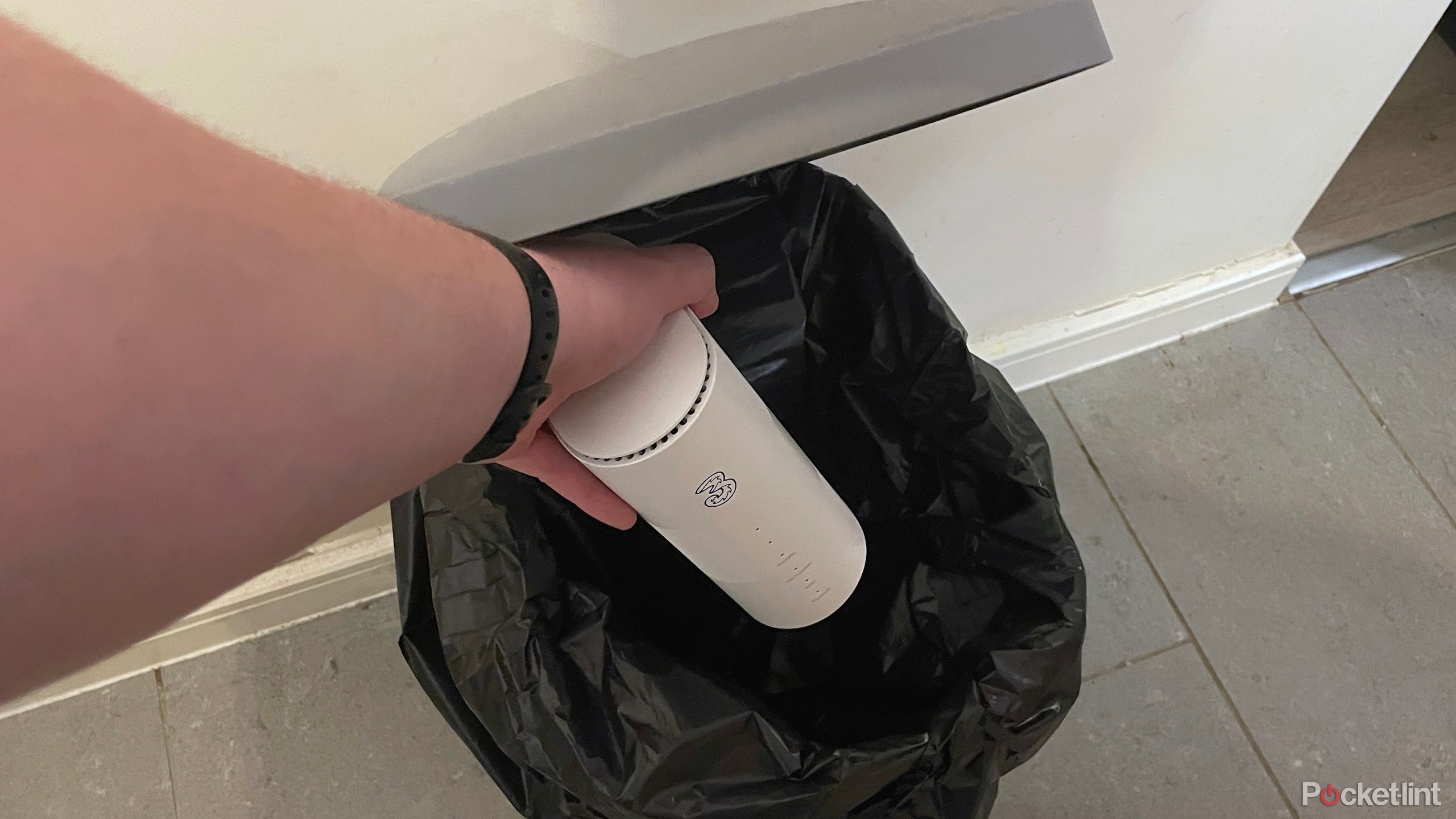Key Takeaways
- Reinstating net neutrality rules places broadband under Title II.
- Net neutrality mandates equal treatment of all internet traffic by ISPs.
- Commissioners voted along party lines.
In a party-line vote, the US Federal Communications Commission has decided to re-instate net neutrality protections originally authorized during the Obama administration. The three Democratic commissioners voted in favor, opposed by the two seated Republicans. The measure classifies broadband internet as an essential communications resource under Title II of the Communications Act of 1934, allowing the FCC to regulate it in the same way as phone service.

Can you get by with just 5G home broadband? I tried it to find out
Not yet, anyway. Trust me, I tried it for almost a year.
While the decision gives the FCC authority to oversee security and outage issues, net neutrality refers to the principle that internet service providers (ISPs) must treat all traffic equally. That is, they can’t block or throttle specific apps and websites arbitrarily, or charge companies extra if they want their content delivered at maximum speeds. Without net neutrality, ISPs could for instance charge Netflix extra to deliver smooth 4K video, or limit the speeds of customers unless they use favored services. It’s a particular concern given industry consolidation — Comcast, for example, owns NBCUniversal, which in turn gives it control over entities like Peacock and Fandango. Even if an ISP doesn’t face direct competition in websites or streaming, it could potentially line its pockets by charging access fees.
Republican commissioner Brendan Carr has challenged net neutrality, calling it an “unlawful power grab.” Indeed Thursday’s decision could potentially trigger lawsuits from the telecommunications industry, although it remains to be seen if companies are confident enough they can succeed. They might also be able to wait things out — if Donald Trump wins the 2024 Presidential election, his administration could tip the balance and once again undo net neutrality.
The history and future of net neutrality
The FCC originally adopted net neutrality in 2015. But with the body dominated by Republicans during the Trump era, those protections were rescinded in 2017. The Commission did institute transparency requirements and joined with the Federal Trade Commission on watching for illegal, deceptive, or anti-competitive practices.
President Joe Biden actually signed an executive order asking to restore net neutrality as far back as 2021, but until recently the Commission was down to four voters, two Democratic and two Republican. The FCC normally operates with five commissioners, and that situation resumed in September 2023, when Democrat Anna Gomez was sworn in. With Democrats once again controlling the balance of power, efforts to return net neutrality got underway.
It’s not clear how much an impact neutrality might actually have in the short term, since none of the worst-case scenarios posed by its supporters have come true. With technologies like generative AI and 8K video poised to become commonplace, however, ISPs could be tempted to impose limits to control their infrastructure costs. A single 8K YouTube stream consumes about 100Mbps, whereas you need just 20Mbps for 4K, or as little as 5Mbps for 1080p. Most apps and games are now bought digitally as well, and tend to download as fast as person’s connection will allow.












